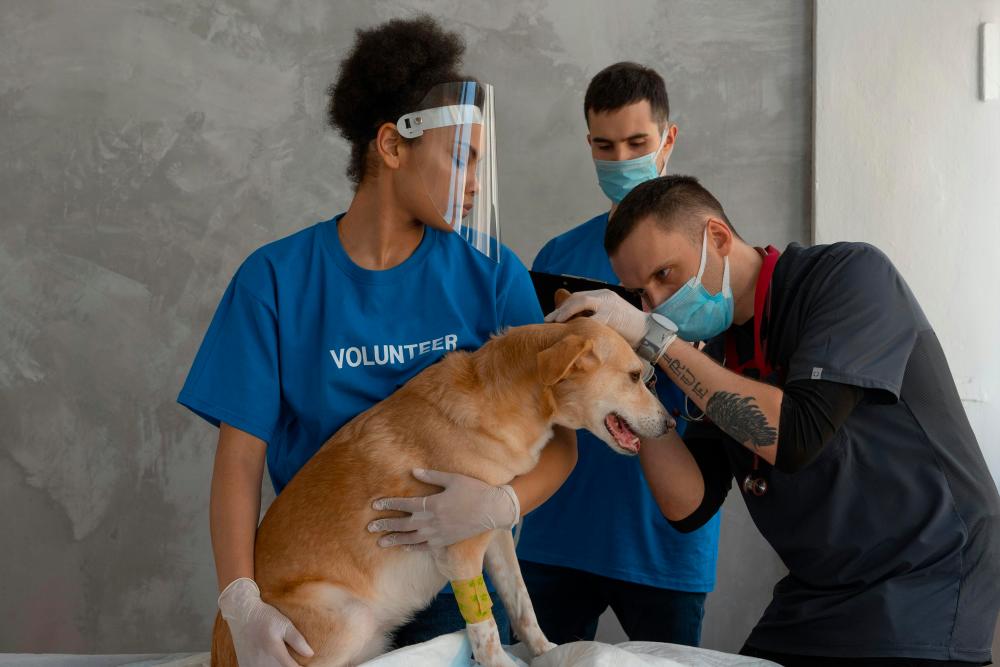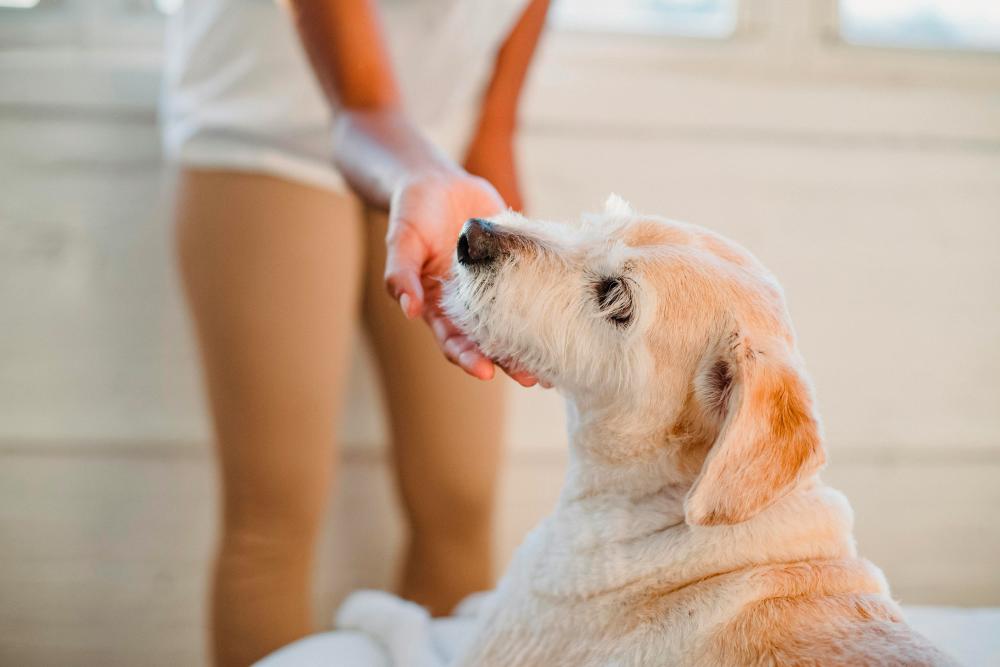AS a pet owner, few things are as distressing as seeing your beloved furry friend in pain or distress. While we often hope for the best, accidents and emergencies can happen, and being prepared to provide first aid can make all the difference in saving your pet’s life. Just as knowing basic first aid for humans is essential, understanding pet first aid is equally important. Here are some essential skills every pet owner should know to keep their furry companions safe and healthy.
Recognising signs of distress
Understanding your pet’s normal behaviour and being able to recognise signs of distress is the first step in providing effective first aid. Symptoms such as difficulty breathing, excessive panting, vomiting, diarrhoea, lethargy, pale gums and loss of consciousness could indicate a serious problem requiring immediate attention.
Handling injuries safely
When dealing with an injured pet, it is crucial to approach them calmly and safely. Even the most gentle pets may become frightened or aggressive when injured, so use caution and try to minimise stress. If possible, muzzle your pet to prevent biting, but be careful not to restrict breathing or cause further harm.
Basic wound care
In the event of cuts, scrapes or puncture wounds, it is essential to clean the area thoroughly to prevent infection. Use a mild antiseptic solution or saline solution to gently flush the wound and apply an antibiotic ointment if available. Cover the wound with a clean bandage or gauze pad and secure it in place with tape or a self-adherent bandage.
Handling burns
Burns can occur from hot surfaces, chemicals, or even sun exposure. If your pet sustains a burn, immediately cool the affected area with cold water or a cold compress to soothe the pain and prevent further tissue damage. Do not apply ice directly to the burn, as this can cause additional injury. Seek veterinary attention for severe burns or burns involving large areas of the body.

CPR and rescue breathing
Knowing how to perform CPR (cardiopulmonary resuscitation) and rescue breathing can be lifesaving in emergencies such as near-drowning or cardiac arrest. For CPR, lay your pet on their side on a firm surface, place one hand over their heart, and compress gently but firmly at a rate of 100–120 compressions per minute. For rescue breathing, close your pet’s mouth and breathe directly into their nose until you see their chest rise. Alternate between compressions and breaths until help arrives or your pet starts breathing on their own.
Recognising poisoning
Pets can easily ingest toxic substances such as household cleaners, medications, plants and certain foods. If you suspect your pet has been poisoned, look for symptoms such as vomiting, diarrhoea, drooling, seizures, difficulty breathing or collapse. Contact your veterinarian or a poison control hotline immediately for guidance on how to proceed.
Handling heatstroke
Pets are susceptible to heatstroke, especially in hot weather or when left in a parked car. If your pet shows signs of heatstroke, such as excessive panting, drooling, rapid heartbeat or collapse, move them to a cool, shaded area and apply cool water to their body to lower their temperature gradually. Offer small amounts of water to drink and seek veterinary assistance as soon as possible.
Transporting injured pets
In the event of an emergency, it is essential to transport your pet safely to the nearest veterinary clinic or emergency facility. Use a sturdy carrier or secure them on a flat surface such as a board to prevent further injury during transport. Keep your pet warm and comfortable and drive safely to minimise stress and discomfort.
Being prepared to provide first aid for your pet can mean the difference between life and death in an emergency. By familiarising yourself with these essential skills and staying calm under pressure, you can help ensure the safety and well-being of your furry companions. Additionally, consider taking a pet first aid course or keeping a pet first aid manual on hand for reference. With proper knowledge and preparation, you can be ready to handle any situation that arises and give your pet the best chance at a happy and healthy life.
Pet first aid is important because it can save your pet’s life in emergencies such as choking, poisoning or accidents.










